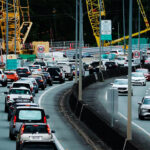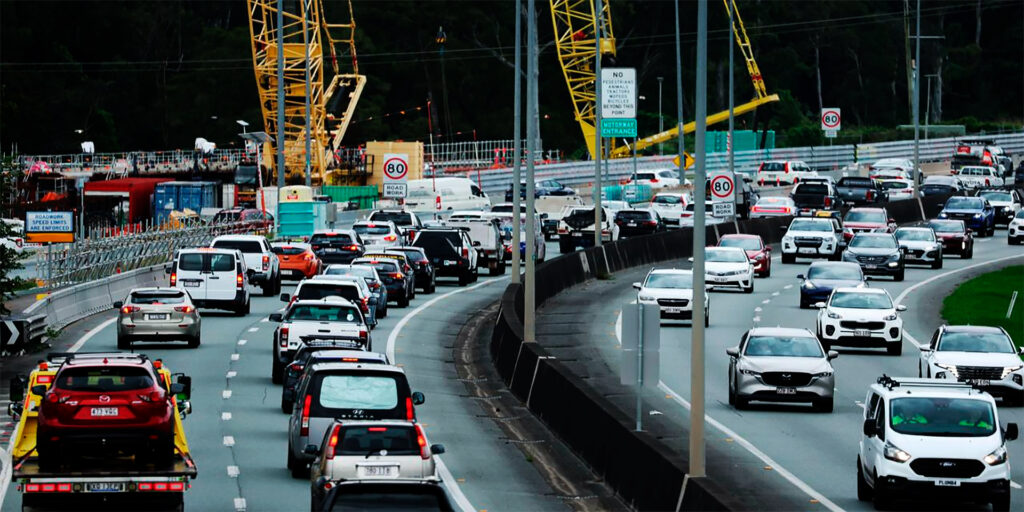Economic Consequences of Transportation Strikes
When trucks, trains, ports, or airlines stop operating, the ripple effect spreads through nearly every corner of the economy. A transportation strike cuts the flow of goods and people, raising costs for businesses and households. Even short delays disrupt supply chains, unsettle markets, and lift consumer prices. Longer stoppages multiply these effects, creating wage losses, reduced productivity, and financial uncertainty. The true cost of a strike extends beyond transport networks, shaking global trade, political stability, and daily life. To fully grasp the consequences, it’s useful to examine both immediate disruptions and broader, long-term examples across regions and industries.
Immediate Supply Chain Disruptions
The first visible impact of a strike is the breakdown of delivery schedules. Factories reliant on just-in-time production can halt within days. Retailers struggle with empty shelves, and perishable goods spoil before reaching markets. Small businesses are particularly vulnerable; a delayed shipment can erase an entire week’s profit. Alternatives like air freight or local subcontractors often cost two to three times more than standard routes. These premiums quickly feed into consumer prices, creating inflationary spikes. Extended strikes also strain warehouses, ports, and distribution hubs, with congestion adding extra delays even after workers return.
Industries Most Affected by Strikes
| Sector | Type of Disruption | Economic Effect | Projected % Price Rise for Essentials* | Projected Daily GDP Loss (bps)** |
|---|---|---|---|---|
| Retail | Delayed imports, empty shelves | Lost revenue, price inflation | Staples +2–5% in 1–2 weeks | 3–8 bps/day during broad stoppage |
| Manufacturing | Production line stoppages | Idle labor costs, reduced exports | Durables +1–3% (backlog-driven) | 5–12 bps/day in industrial regions |
| Agriculture & Food | Spoiled perishables, missed delivery windows | Waste, food price volatility | Fresh produce +4–10% in affected areas | 2–6 bps/day (seasonality sensitive) |
| Energy | Blocked transport of fuel | Shortages, rising energy bills | Gasoline/Diesel +5–15% locally | 4–10 bps/day in fuel-dependent hubs |
| Healthcare | Medical supplies delayed | Risk of shortages in hospitals | Selected items +3–7% (expedited freight) | 1–3 bps/day, but high social cost |
* Essentials = frequently purchased necessities in the affected area (food staples, fuel, basic household items). Short-term spot effects; normalize as logistics recover.
** bps = basis points of national daily GDP (0.01%). Ranges are illustrative for a mid-sized, open economy under a nationwide logistics stoppage; actual impacts vary by strike scope and trade exposure.

Market Stability and Financial Reactions
Financial markets price in transport strikes almost immediately. Stock values of logistics firms, airlines, and large retailers can drop within hours of news. Futures contracts for oil, wheat, or metals spike as traders anticipate supply shortages. In countries heavily reliant on exports, port closures slash trade flows, weaken currencies, and reduce national tax revenue. Prolonged strikes raise borrowing costs: government bonds see yields climb as inflation expectations build. Insurers also face higher payouts for delayed or spoiled cargo, pushing premiums up. Investors watch these signals closely, making transport stoppages not only a labor issue but also a financial event.
Common Market Reactions (with projected macro impact)
td>+0.00–0.02 p.p. (indirect)
| Market Indicator | Short-Term Effect | Long-Term Effect if Strike Persists | Projected Daily GDP Loss (bps)** | Projected Inflation Impact (CPI, 1–3 months, p.p.) |
|---|---|---|---|---|
| Stock Markets | Transport/retail shares fall | Wider sector downturns | 2–5 bps/day via wealth & activity effects | +0.05–0.15 p.p. (confidence channel) |
| Commodity Prices | Sharp price spikes | Persistent inflation if bottlenecks remain | 3–7 bps/day (input cost pass-through) | +0.10–0.35 p.p. (energy/food heavy) |
| Currency Value | Temporary depreciation | Reduced foreign investment | 1–3 bps/day (import cost impulse) | +0.03–0.10 p.p. (imported inflation) |
| Bond Yields | Rise on inflation fears | Higher borrowing costs overall | 1–2 bps/day (financing conditions) | +0.02–0.06 p.p. (debt service passthrough) |
| Insurance Premiums | Claims increase for delayed/spoiled cargo | Higher trade cover costs | 0–1 bp/day (small macro direct effect) |
Ranges are scenario-based, designed for a week-long nationwide strike in a mid-sized economy; impacts scale up or down with openness, inventory buffers, and policy response.
Consumer Costs and Daily Life
For households, strikes translate directly into higher costs. Food becomes more expensive, with shortages of dairy, vegetables, and meat visible within days. Online delivery times stretch from days into weeks, while urgent shipping fees climb. Fuel distribution delays can raise gasoline prices by double digits in some regions. Public transport strikes add another layer, forcing commuters to spend more on taxis or rideshares. Prolonged strikes change behavior: consumers stockpile essentials, choose local substitutes, or postpone big purchases. The burden falls hardest on low-income households, which devote a larger share of income to food and transport.
Regional vs. Global Consequences
Some strikes remain local, while others disrupt global trade. A city bus strike inconveniences commuters and businesses, but a port strike at Rotterdam or Los Angeles ripples across the world. In 2021, delays at U.S. ports caused bottlenecks in Asia and Europe, driving shipping rates to record highs. Airline strikes ground cargo as well as passengers, stalling pharmaceutical and electronics shipments. Trucking stoppages in France, India, or Brazil have all triggered nationwide shortages of food and fuel. The globalized economy means that even a regional dispute can reshape international flows within days.

Historical Case Studies
Past examples highlight the scale of damage. In 2018, Brazil’s truckers’ strike cost over $1 billion per day, emptied supermarket shelves, and forced the government to deploy the military for essential deliveries. In 2019, Germany’s rail strike disrupted both freight and passenger networks, with daily losses estimated at €100 million. The 2014–15 U.S. West Coast port slowdowns delayed billions in agricultural exports and holiday retail stock, costing the economy an estimated $2 billion per day. In South Africa, mining output shrank during a 2022 port strike, cutting national exports sharply. Each case shows how quickly logistics stoppages cascade into full economic crises.
Policy and Business Responses
Governments often act to limit the damage. Emergency orders may require minimum service levels for essential goods, while mediators push for compromise. Businesses adapt by holding larger inventories, building diversified supply chains, and contracting multiple carriers to avoid single points of failure. Some invest in automation at ports and warehouses, reducing dependency on labor subject to disputes. Others move production closer to home markets, reducing reliance on vulnerable trade corridors. While these strategies carry costs, they provide resilience when strikes occur. Over time, repeated disruptions push entire sectors toward redesigning supply chains for stability rather than pure efficiency.
Who Bears the Cost?
The burden of strikes spreads unevenly. Workers sacrifice wages but may gain long-term benefits if negotiations succeed. Companies lose sales, face idle payroll costs, and risk damaged customer relationships. Consumers pay higher prices and face shortages of essentials. Governments collect less tax revenue as trade slows. Exporters lose contracts abroad when buyers turn to more reliable suppliers. Low-income households absorb the hardest blow as food and fuel costs rise. Over time, frequent strikes hurt a country’s reputation as a dependable trading partner, deterring investment. The economic weight falls not only on those negotiating but on every participant in the wider economy.
The Conclusion
Transportation strikes are more than labor disputes; they are real-time tests of how resilient economies are under stress. Every stoppage reveals how fragile supply chains, prices, and consumer confidence can be when mobility halts. From daily household budgets to national trade balances, the costs spread fast and last longer than the headlines. Past examples show that resilience — through diversified logistics, smarter infrastructure, and fairer labor frameworks — is essential. Without it, each strike leaves deeper scars on businesses, markets, and families.














